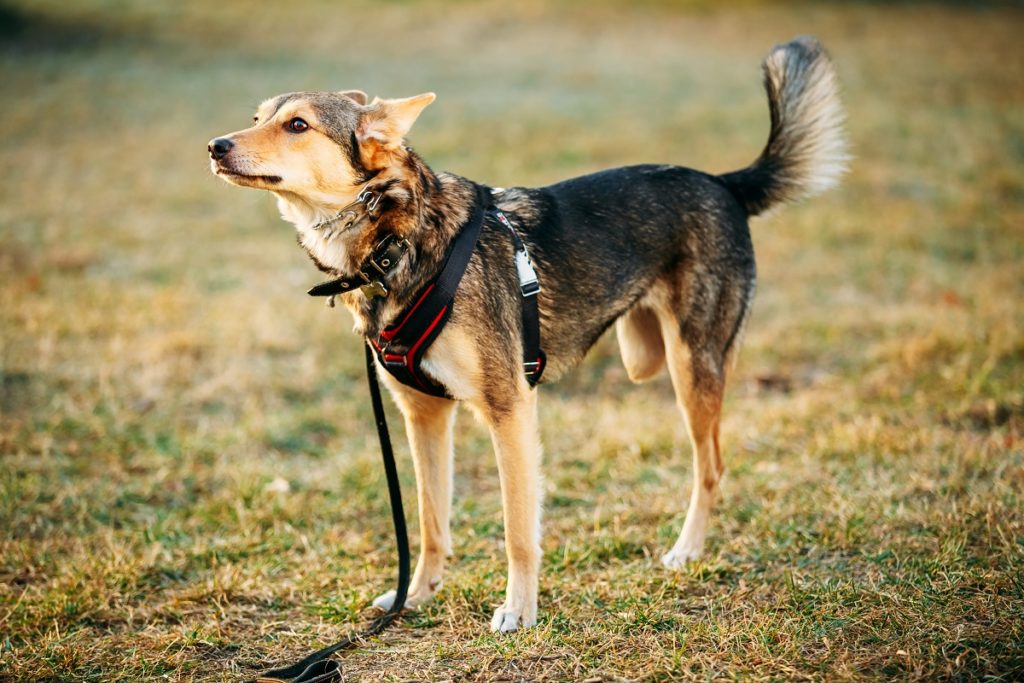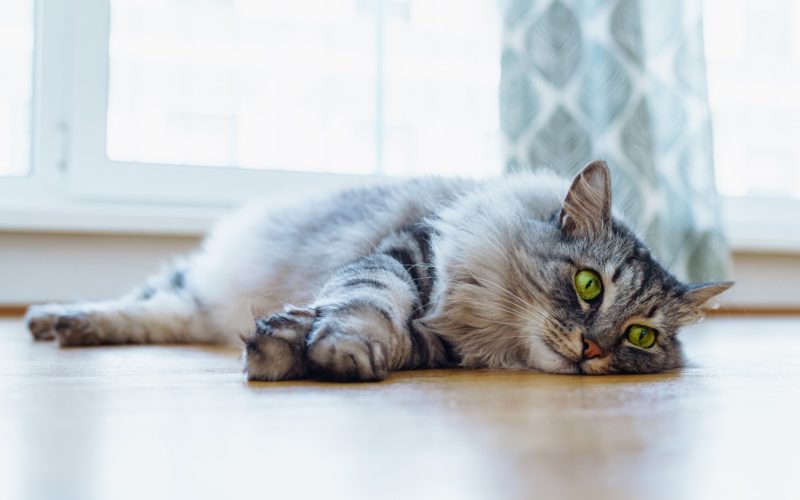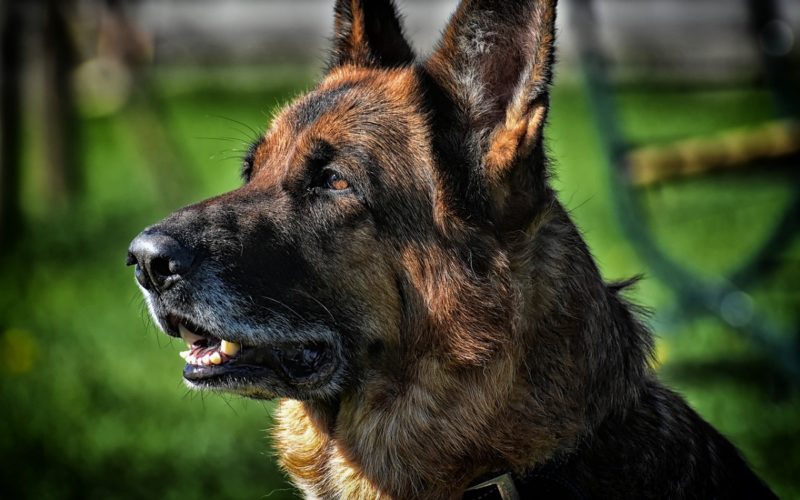Caring for a dog with an amputated leg is a unique responsibility as a pet parent. There’s a few extra precautions you’ll have to take to ensure your dog is happy and healthy after limb amputation. Whether your pup needed dog surgery due to disease or an accident – amputation usually helps him more than it hinders his actions. Removing the injured leg also takes away the source of pain and aggravation for your pet. This allows him to move around more freely and comfortably. You may be surprised to learn that dog’s usually adjust fairly quickly to life post-amputation. Of course, life on three legs will pose some challenges and require extra attention.
This guide will provide tips on how to care for a dog with an amputated leg and what you can do to make them as comfortable as possible. Here are some tips:
- Exercise regularly
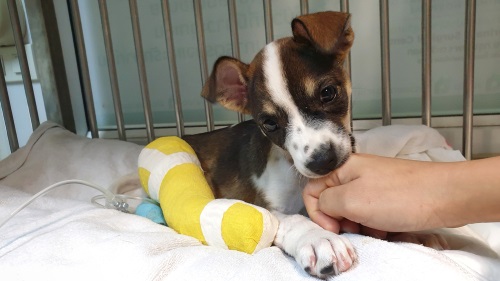
- Maintain a healthy canine diet
- Invest in a wheelchair (if necessary)
- Use a car seat or harness when travelling
- Assist him up and down stairs
- Pad and protect the limb
- Provide ramps or steps
- Watch for signs of fatigue
- Practice proper foot care
- Follow vet instructions
Many of the above tips are good to keep in mind for all the pups in your family, not just the three-legged ones. But, there’s also specific advice you’ll want to follow for your pup with an amputated leg. Immediately following surgery, be sure to comply with your veterinarian’s aftercare instructions for the wound and how active your pet should be. At first you’ll want to discourage him from jumping and slowly start to incorporate exercise back in his routine. Your vet may even recommend bringing him to therapy to build up muscle in the remaining limbs. Short walks and even swimming can be great forms of exercise, just keep in mind safe swimming practices for canines and don’t leave him unattended. It may be difficult for him to perform daily activities such as getting up on the couch, bed or to his food. So be sure to make everything accessible and consider putting ramps on his most loved spots.
Even though exercise may be reduced, it’s important to watch your dog’s weight and avoid canine weight gain. Excess weight can place strain on his joints and remaining legs. Monitor his progress and activity level – if your dog is showing signs of pain, be sure to check back in with your vet. Your pup may be having a hard time coping with the change and require some adjustments to his lifestyle. There will be some things that he can perform just as easily as before, while others may cause frustration. With lots of practice and working through this change together, you’ll find the right balance to ensure a happy and healthy pup post-amputation. Just remember to have patience with your canine as he adapts.
If your dog does indeed require a wheelchair for mobility, there are a few extra bits of information you should take note of. For starters, you’ll need to choose the best wheelchair for your dog’s needs and have it custom fit. Walking with wheels will be a whole different level of adjustment for your pup. He’ll need some training and guidance on how to get moving. A dog with wheels will need additional supervision and for you to remove the wheelchair once he’s tired. And be careful around steps and inclines that could cause him to trip, fall or get stuck. Another thing to consider is a prosthetic leg, your pup may be eligible for a prosthetic to assist and help carry his weight.
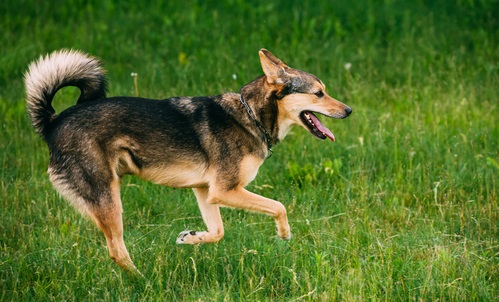
In general, it’s a good idea to create non-slick areas of your home, slippery floors can be hard for your dog to walk or run on. Keeping his nails trimmed properly should allow him to walk without slipping. Be sure that you know the correct way to cut your dog’s nails so that you don’t hurt him and trim too much. Proper foot care is very important for a three-legged dog – the additional weight on his other legs can cause damage or injury to a dog’s paw pads and cause them to develop cracks. Swollen paw pads can also occur around his elbow which is known as Elbow Hygroma. This could develop if he’s constantly lying or falling down, or even if he’s placing too much weight on one elbow. If this does happen, just be sure to bring it to your vet’s attention – in some cases it heals on its own, but in serious cases, surgery may be required.
In the end, yes there are precautions and care that should be taken for a dog with an amputated leg. But know this – he’s a dog and should be able to enjoy life just the same as any four-legged friend. With the proper diet, exercise and a few modifications you should see your puppy as happy as ever.
Sources:
- “What to Expect After a Pet Limb Amputation.” Veterinary Oncology Services and Research Center, 13 Mar. 2017, www.vosrc.net/blog/pet-limb-amputation/.
- “Coping with Limb Amputation in Dogs.” Purina, www.purina.co.uk/dogs/health-and-nutrition/dogs-with-special-needs/coping-with-amputation.
- “How to Care for a Three-Legged Dog.” The Spruce Pets, www.thesprucepets.com/three-legged-dogs-4177794.

